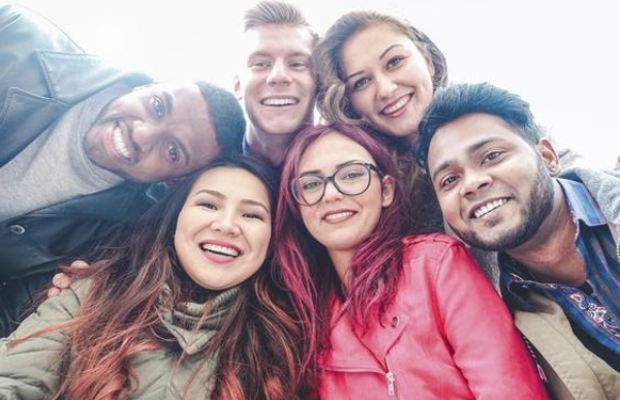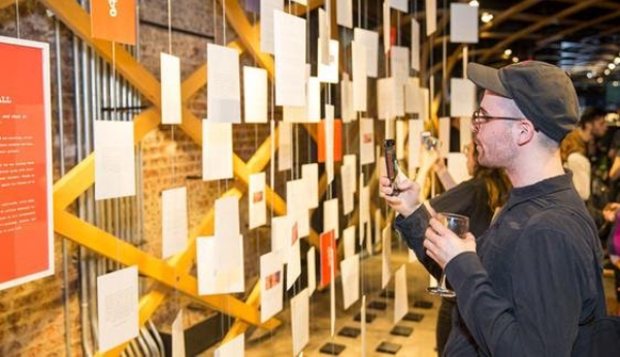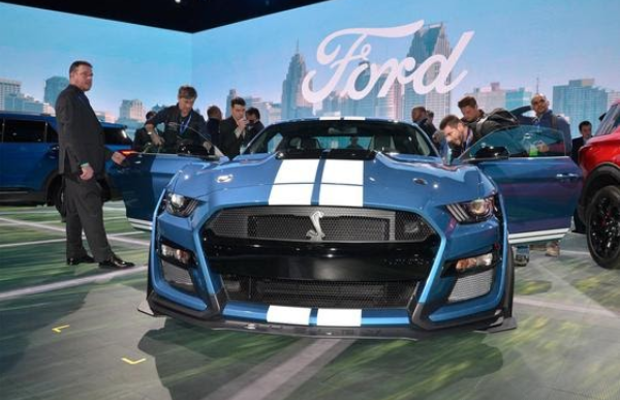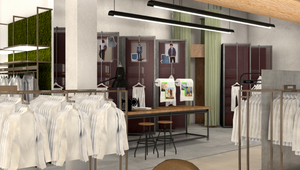
Imagination Trends 2020 - Inclusive Experiences

As part of our series exploring the major experience trends of 2020, Creative Strategist, Adrian Figueroa, explores how brands are embracing diversity in 'Inclusive Experiences'.
During 2019, brands showed an increased awareness of consumers’ concerns regarding inclusivity - whether that be perceptions of beauty, body size, gender, or race. A survey by Harper’s Bazaar found that ‘Nearly all women (97%) agreed that real beauty is celebrating women of all ages, races, and sizes.’ Another example showed that ‘67% of people expect advertisers to represent diverse aspects of society (Lloyds, 2016 )’.

This trend is also showing up in product development, for instance, Herbal Essences has created shampoos and conditioners that allow visually impaired people to distinguish between the two bottles. However, while there’s been extensive progress from brands in terms of products and advertising, experiences are only now starting to catch up.
Who did it well?
DSW - Runaway Redone
DSW held its own fashion show centred around inclusivity which was held during New York Fashion Week. DSW partnered with Create and Cultivate - a female empowerment platform and conference. The event featured 10 female customers, five influencers, and five DSW associates of all ages, ethnicities, gender identities, abilities, cultures and more. The customers, who were selected from 4,000+ online submissions, will be featured in DSW's 2019 fall marketing campaign.

Gillette and Fatherly - Sincerely
Gillette and the online publication ‘Fatherly’ partnered and created a pop-up during Father’s Day, to provide a space for men and boys to rethink masculine norms. Designed to mirror a gallery, the space was filled with letters from both famous and non-famous men writing to boys, sons, and grandsons. Some of the themes in the pop up covered topics such as ‘What would you tell a boy growing up today?’ the CEO of Fatherly described it as “What it means to be a good dude, or even why be a good dude in a world that often challenges conventional thinking.”

Ford North American International Auto Show
At the North American International Auto Show in Detroit, the show organisers partnered with the Autism Alliance and created a day that is designated as ‘Sensory Friendly' for those on the autism spectrum. The experience is much quieter, whilst also having reduced lighting to accommodate autistic visitors.

What to consider — three key insights
1. Actions speak louder than words
Being an inclusive brand has to mean more than consumer-facing communication. Consumers expect these values of inclusion to be expressed through actions. Brands must demonstrate authenticity in their values and reinforce their expression with changes in policies and support for organisations that champion inclusivity.
2. Audience first
When ideating, think about who your experience might alienate. Experiences attract a wider range of people; therefore inclusivity should accommodate the physically disabled, as well as visitors affected with disorders such as autism. Creating experiences that are accessible to them will allow your messaging to reach a wider audience and allow more people to enjoy the moments you’ve created.
3. Training staff
Your brand ambassadors represent your brand, it’s crucial to dedicate time and resources to train them on inclusivity. So while they are working at an event they are aware of visitors who may require their assistance and how they should help them if they are required to step in.













